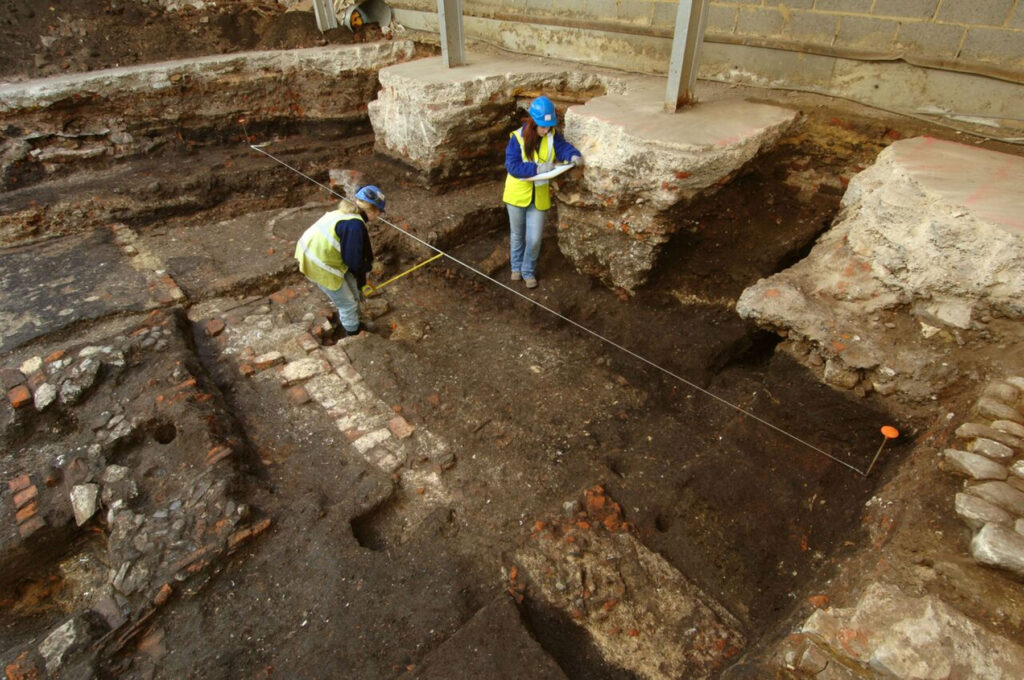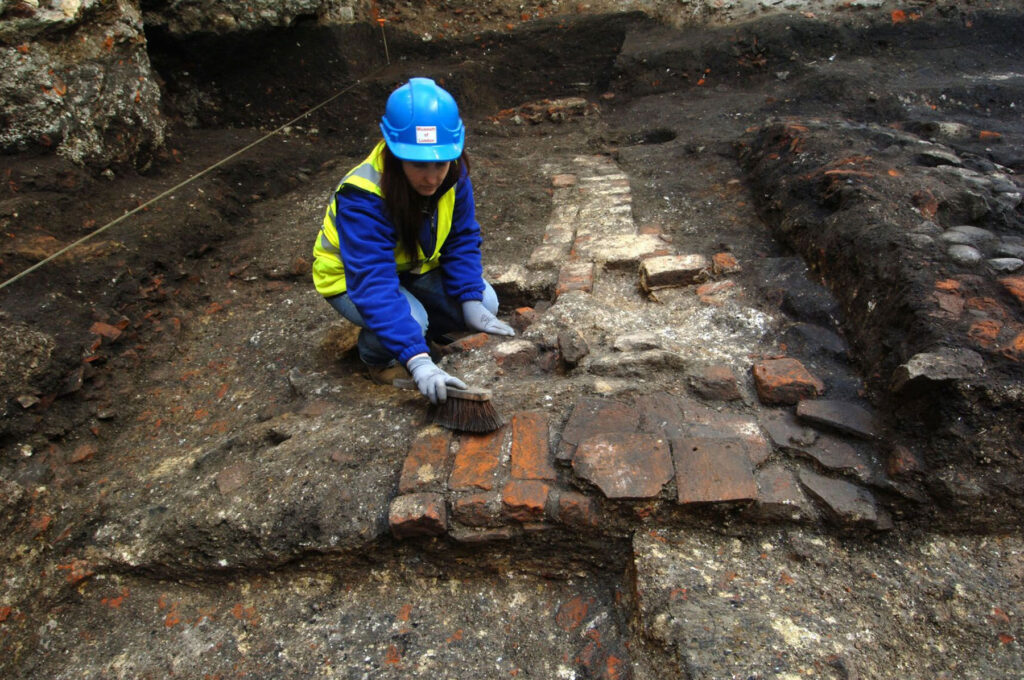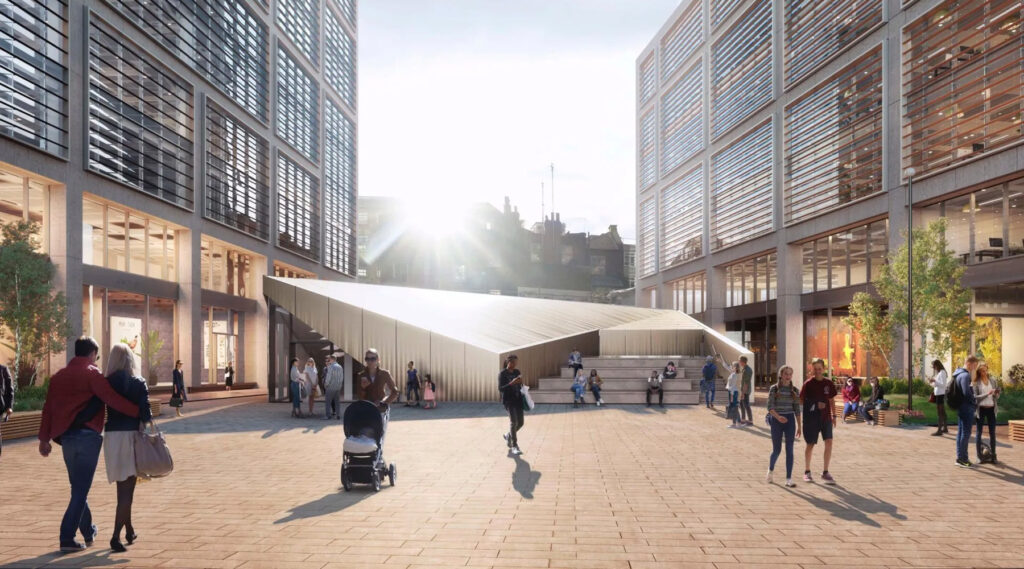The site of what was probably William Shakespeare’s first theatre will open as a new museum dedicated to the playwright and the theatre.
The Theatre – for that was its name at a time when it was the only one – was originally discovered by archaeologists from Museum of London Archaeology (MOLA) back in 2008, as they worked on a site near Shoreditch High Street that has been developed for housing.
The Theatre was built in 1576 when Shakespeare was only 12 years old, but he later went on to perform there after arriving in London as a young man and have some of his most iconic plays staged there, including Romeo and Juliet.
It was discovered in Shoreditch, which was chosen for the theatre as it was outside the City of London, and beyond their control over plays performed in the City. A boisterous location that was apt for the decadent performance of plays. Shakespearean playhouses were melting pots of society and whilst the interior seating arrangements reflected the everyday class divides, theatregoers from across the social spectrum gathered outside to eat and drink and mingle before a performance.
Along with the stage itself, evidence of tenement buildings that were erected following the closure of the Playhouse were also found, alongside fascinating artefacts including money box tops and tobacco pipes. It is one of only a handful of sole-purpose Elizabethan playhouses clearly identified as an archaeological monument in London, and one of the earliest surviving examples of a non-polygonal theatre.
As part of the housing development, it was agreed to put the remains of the theatre on display in a public museum. Originally slated to open in 2019/20, it’s now been confirmed that it will open as the Museum of Shakespeare early next year.
The museum is being developed in collaboration with MOLA and Historic England, alongside a panel of Shakespearean academic advisors. When it opens, visitors will have the opportunity to view newly unearthed archaeological discoveries while being immersed in a dynamic retelling of a day in the life of William Shakespeare.
Standing above the remains of the stage, visitors will be surrounded by a projected reconstruction of the Playhouse, presenting a unique opportunity to stand in the heart of the theatre experience, whilst technology will place guests in animated performances and scheduled workshops will bring audience creativity to life.
The museum will be mostly underground, with just a modest reception pavilion-style building at the ground level. Down in the basement, there will be the main exhibition area, and then over to one side a glass floor walkway that will let you walk over the remains of the theatre that have been left uncovered.
Unsurprisingly, there’s space for a shop and a cafe down here as well.
The location for visitors is ideal, being about 10-15 minute walk from Liverpool Street station, or about 5 minutes from Shoreditch High Street.
The site was lost to history, when in 1598, having lost the right to lease the land in a bitter dispute with the landlord, Shakespeare’s Company covertly dismantled the theatre building on the night of 28 December 1598 and put it into storage. The following spring, they moved the timbers across the river and used them to set up a theatre in a new location in Southwark — which was to become the famous Globe Theatre, which opened in 1599.
Had that landlord been less difficult and the theatre remained, then Shoreditch today could well be more famous for its bard than its beards.










I’ve heard from someone who has adjacent related expertise (and could benefit from the museums existence) that there is significant controversy (well on twitter anyway) academically on how the museum is being progressed (along the lines of dumbing down/missed opportunity).
“How dare museums make things appealing to the public”
It is possible to appeal to multiple levels of experience and prior knowledge. The best museums do.
No surprise about the shop! These things are always designed to exit through the gift shop.
The gift shop is not next to the exit.
(as per the planning application)
It doesn’t even exist yet Ian!
Meanwhile the Rose remains in the basement of my old workplace, Rose Court, SE1, on the south side of Southwark Bridge; they often come up with schemes to posh it up but they never come off – latest at https://roseplayhouse.org.uk/